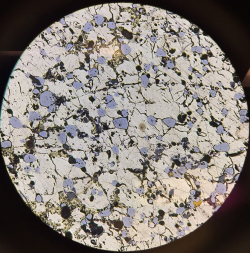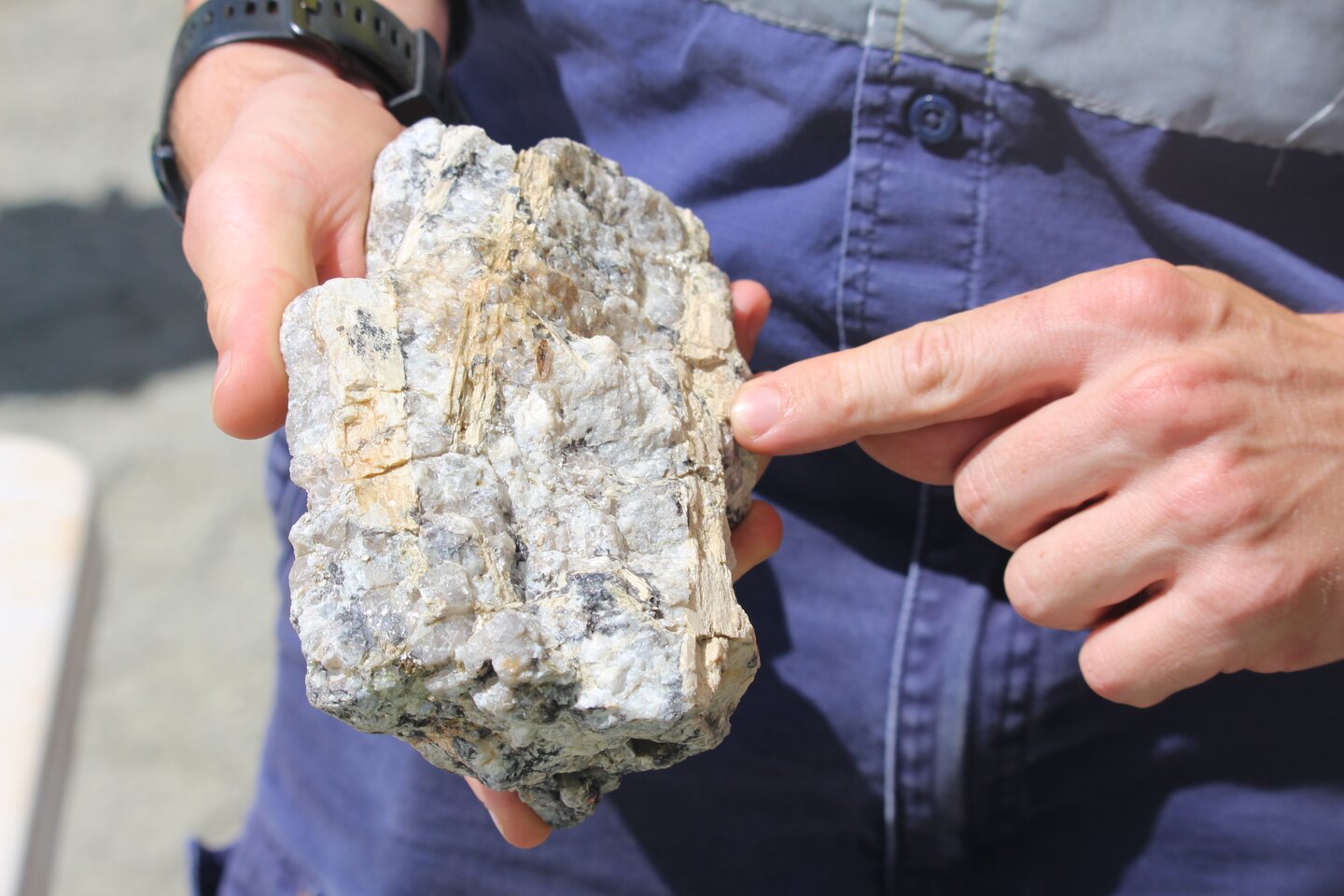In a remarkable turn of events, Lake Mead, America’s biggest reservoir, has shown a promising recovery thanks to concerted water conservation efforts in California. After years of decline and the looming threat of reaching “dead pool” status, the water levels of this critical reservoir are now on the rise. The Colorado River Board of California recently announced that the lake has increased by 16 feet, marking a crucial milestone in efforts to preserve the vital water source. This progress comes after two years of voluntary conservation measures and is seen as a significant step in combating the ongoing water crisis affecting the southwestern United States.
The Role of California’s Water Users
The fate of Lake Mead has long been tied to the water management strategies in California, specifically in the state’s Imperial Valley. This region, which holds some of the oldest and most significant water rights to the Colorado River, has historically been the largest recipient of the river’s water in California. As droughts continue to ravage the American West, the Imperial Valley’s water use has come under increasing scrutiny. In 2022, California committed to reducing its water consumption in an effort to help replenish Lake Mead. These voluntary cuts have now resulted in the conservation of over 1.2 million acre-feet of water, putting the state on track to meet its goal of conserving 1.6 million acre-feet by 2026.
JB Hamby, chairman of the Colorado River Board of California, expressed the significance of this progress, stating, “In two years, Californians have plunged our uses to their lowest levels since the 1940s, all while supporting half the Basin’s entire population and a plurality of the Basin’s farm production. Every user, sector, state, and Basin must do their part to protect this river.”


The Path to Sustainable Water Use
The strategies implemented to conserve water have ranged from compensating farmers for reducing water usage on their fields to encouraging residential water-saving measures like turf replacement programs. These efforts have not only helped raise Lake Mead’s water levels but have also provided benefits to other areas relying on the Colorado River. For instance, the Coachella Valley Water District reduced its use of Colorado River water for replenishing the local groundwater basin. By cutting back on water usage, these initiatives have alleviated pressure on the overall system, offering stability to both the Lower and Upper Colorado River Basins.
These conservation measures, combined with coordinated operations, have also helped reduce the required releases from Lake Powell, another major reservoir in the system. The result is a more balanced approach to managing the Colorado River’s over-allocated resources.
An Agreement for the Future
In addition to the voluntary conservation measures, California has formalized agreements with the U.S. Bureau of Reclamation, Southern California water agencies, and tribes to ensure that the 1.6 million acre-feet conservation target is met by the end of 2026. This agreement, signed in 2023 and 2024, is a key component of the ongoing efforts to prevent Lake Mead from reaching critical lows.
Despite these positive developments, the future of the Colorado River remains uncertain. As the basin states and federal government prepare for new water management agreements to take effect in 2026, the stakes are high. These new agreements will play a pivotal role in determining how the Colorado River’s resources are allocated moving forward.
Environmental Costs and Challenges
While the rebound of Lake Mead is a promising sign, the success has come at a cost. As California’s water conservation efforts have resulted in a rise in Lake Mead’s levels, they have inadvertently contributed to the shrinking of the Salton Sea, located roughly 300 miles away. The Salton Sea, which relies on agricultural runoff for its water inflow, is now experiencing accelerated shrinkage due to the reduced agricultural water usage in the Imperial Valley.
Environmental justice groups and researchers have raised concerns about the exposure of playa, or dry lakebed, along the Salton Sea’s shoreline. This exposed land releases harmful dust into the air, contributing to respiratory issues among local communities. As the balance between water conservation and environmental health becomes more complex, addressing these issues will be crucial in ensuring sustainable water management for the entire region.
The Road Ahead: A Shared Responsibility
The recent success in restoring Lake Mead’s water levels highlights the critical role that California’s conservation efforts have played in the broader context of the Colorado River’s sustainability. However, as JB Hamby emphasized, this is just one step in a much larger effort. The collaboration of all water users—from states and cities to farms and tribes—will be essential in ensuring the long-term health of this vital water source.
The Colorado River faces numerous challenges, but the recent gains at Lake Mead provide a glimmer of hope that, through cooperation and commitment, the river’s resources can be better managed for the future. As the seven basin states work toward reaching a new operational agreement by August 2026, it is clear that collaboration and innovative water management strategies will be key to navigating the challenges of the coming years.









Leave a Comment